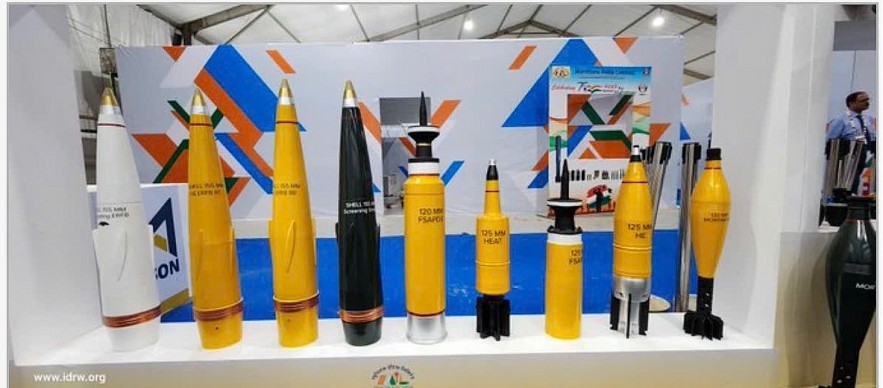India's Cost Effective Artillery and Ammunition: A Game-Changer in Global Defense Markets
 |
| Source: AFI |
According to two Indian sources, India can produce 155 mm artillery shells for approximately $300 to $400 per unit, a stark contrast to European equivalents, which often retail for upwards of $3,000. This significant price differential underscores India's growing capability to deliver cost-effective solutions without compromising quality.
In addition to ammunition, Indian firms are making strides in producing howitzers. One source revealed that Indian - made howitzers are priced at around $3 million each - roughly half the cost of comparable European models. This affordability is attracting attention from nations seeking to booster their defense capabilities while managing constrained budgets.
India's cost advantage stems from a combination of factors, including lower labor cost streamlined production processes, and investments in indigenous manufacturing under initiatives like: "Make in India". Domestic companies such as the state-owned Munition India Limited and private players like Tata Advanced Systems and Larsen & Toubro have ramped up production to meet both domestic and international demand. The Indian Army, one of the largest in the world, provides a robust testing ground to ensure the products meet rigorous operational standards.
The affordability of Indian artillery system is particularly appealing to developing nations in Africa, Southeast Asia and Latin America, where budged constraints often limit to access to advanced weaponry. Moreover, India's non-aligned foreign policies and willingness to engage with various partners make it an attractive supplier in the geopolitically fragmented world.
However, challenges remain. Indian manufacturers must overcome perceptions of lower quality compared to established Western brands and navigate complex export regulations. Scaling up production to meet global demand why maintaining cost efficiencies will also be critical.
As global conflicts drive demand for artillery and ammunition, India's ability to offer high quality, low-cost solution positions it as a formidable contender in the different market. With prices that are European competitors by order of magnitude, Indian firms are not totally reshaping the economics of warfare but also redefining the global arms trade.



